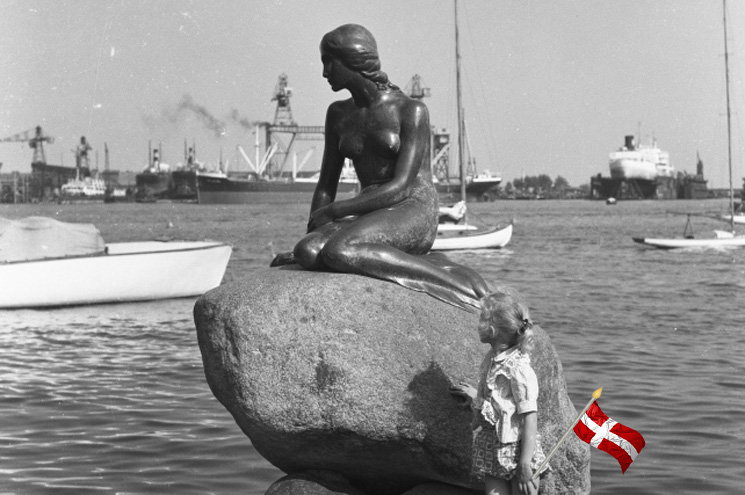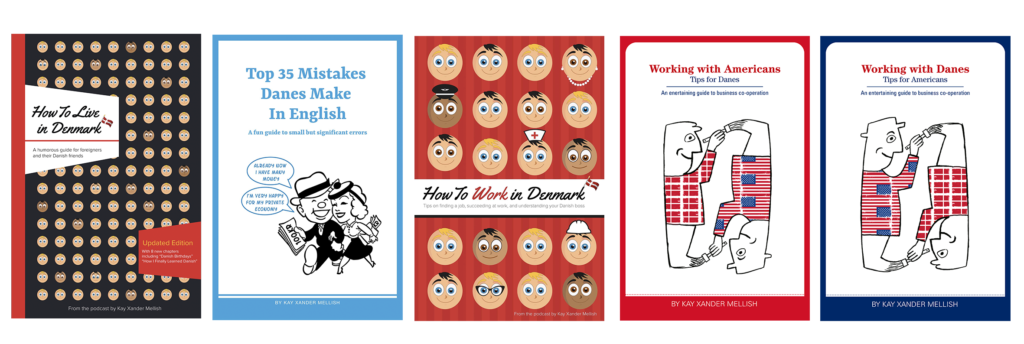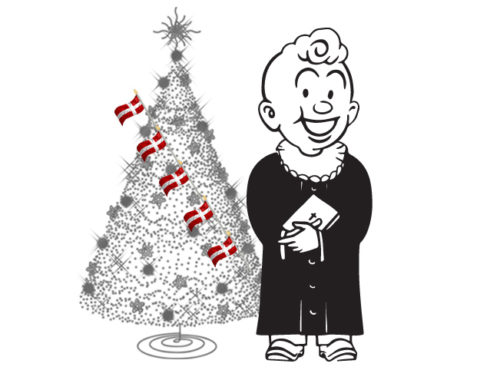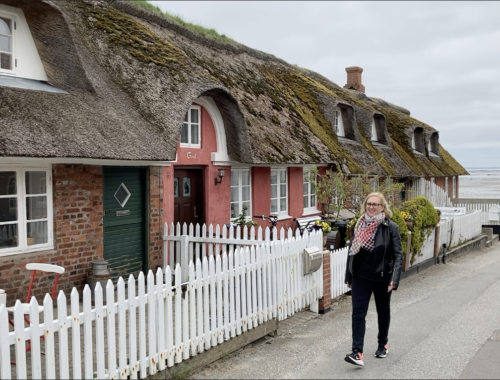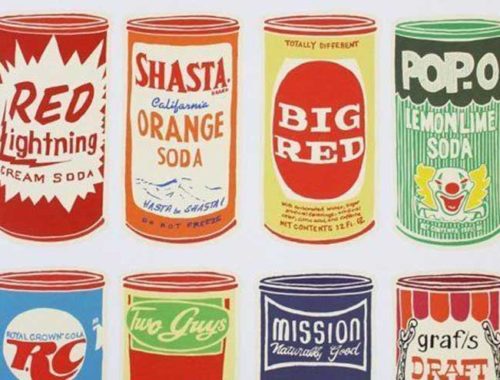It’s summer in Denmark. The evenings are brighter, the winds aren’t quite as chilly, and the wild blue anemone flowers are bursting up through the grass. And the tourists are on the way. Understandably, Denmark attracts most of its tourists during the spring and summer, when you don’t need to pack heavy winter clothing. Although maybe you do – it depends on the summer.
Anyway, the tourists will be coming, and some of those tourists in Denmark may be related to you. What do you do with them? They want the Danish experience.
Based on my many years of showing parents, aunts, former colleagues, old college roommates and friends of friends around Denmark, these are my tips. They’re a bit Copenhagen-centric, but I think most of them can be applied throughout Denmark. And at the end, I’ll tell you about an amazing new museum I just found last week.
The Classic Tourist Day
OK, here’s the classic tourist day. First of all, start your tourists in the morning with a trip to the local bakery where they can pick out their own Danish pastry. Or two or three pastries. I know it’s called Wienerbrod – Viennese bread – but Danish pastries really are some of the best in the world. And get some coffee or black tea. Carbs and caffeine will set your tourists up well for the day’s busy program.
Once your tourists are energized, now is the time to take them walking. Walk them around the old city center, and past the largest, most visible historical monuments in your town. In Copenhagen, you can take them up the Round Tower or to the Queen’s Palace. In Aarhus, maybe tour the Gamle By, and in Odense visit Hans Christian Andersen’s home.
Now, part of this trip may take them down a shopping street. This is critical – don’t let them shop yet, or they’ll be carrying bags around all day. Or, if it’s your mom, you’ll be carrying bags around all day. Save the shopping for another time.
Lunchtime: Picnic or Restaurant
After you’ve seen the city and the major sites, it might be time for an early lunch. If the weather is good, a picnic in the park is great. Denmark has beautiful parks. Maybe buy some Danish open-faced sandwiches and some drinks.
If your visitors are elderly – or if they’re rich and will be picking up the tab – a touristy restaurant with Danish food is another option.
In Copenhagen I always recommend the Royal Copenhagen café, which is hidden in a quiet square right off of Amagertorv, the center of town. It has a nice atmosphere and some traditional Danish food made slightly fancy and fun in the form of “smushi”, a cross between smørrebrød and sushi.
Your tourists are now re-energized, so now is a great time for the local museum. I find that men are usually most interested in the Viking artifacts, you know, iron sticks with points on the end, while women are more excited about the art and glass museums.
My favorite museum in Copenhagen
Being a woman, my personal favorite is the Museum of Modern Stained Glass Art in Copenhagen. It’s also known as the Cistern Museum, because it’s housed in an old underground water tank, which means it’s the only museum in Europe with no natural light. So it’s dark, and the floors are wet, and there’s water dripping from the walls. Your voice echoes. But amid all this gloom is wonderful, bright stained glass in all sorts of modern forms. It’s really cool. It’s a one-of-a-kind experience.
But back to the tourists. If it’s late afternoon, now, they’re getting a little tired. I recommend a boat trip. Your guests can sit down with a chilled Danish beer and see the city from the water. In Copenhagen, these boat trips are a great way to see Denmark’s most disappointing tourist attraction, the statue of the Little Mermaid.
If you’ve seen it, you know the Little Mermaid is only about four feet tall – that’s 1.25 meters. You probably own pillows that are bigger than the Little Mermaid. But all the boat trips go right by it, so your tourists can get the photos they need for their Instagram or Facebook feeds. If they want, they can climb out of the boat and onto the slippery rock where the mermaid sits for a photo. That’s best performed before too many beers have been consumed.
You can round out the day at one of the local music festivals, or Tivoli if you’re in Copenhagen. Tivoli is a tourist attraction that actually lives up to expectations. The Copenhagen Zoo is open late in the summer and it is very nice, now that they’ve temporarily stopped killing off their animals. I’m afraid I can’t offer you any nightlife recommendations. Ask someone under 30 who doesn’t have any kids.
And while I’m not an authority on nightclubs, I am a bit of an authority on museums. When I was unemployed many years ago, I made a project of going to every museum I could. But there was one I did not know about until just this week.
The Danish Museum of Immigration
It is the Danish Museum of Immigration – it’s a whole museum about foreigners coming to Denmark. It’s in Farum, which is a suburb of Copenhagen. They don’t publicize themselves very well. I would never have known about it myself if I hadn’t had to use the ladies room at Farum City Hall.
The museum covers 500 years of immigration into Denmark, from 17th century German soldiers to 21st-century Syrian refugees. It’s a well-designed, modern museum, with some excellent visual exhibits. That said, this museum about diversity and inclusiveness in Denmark…is entirely in Danish.
Buy Kay’s books about Denmark on Amazon, Saxo, Google Books, Apple Books, Barnes & Noble Nook, or via our webshop.
Image mashup copyright Kay Xander Mellish 2025
Read also:
The Little Match Girl and the Fur Industry: China and Denmark

